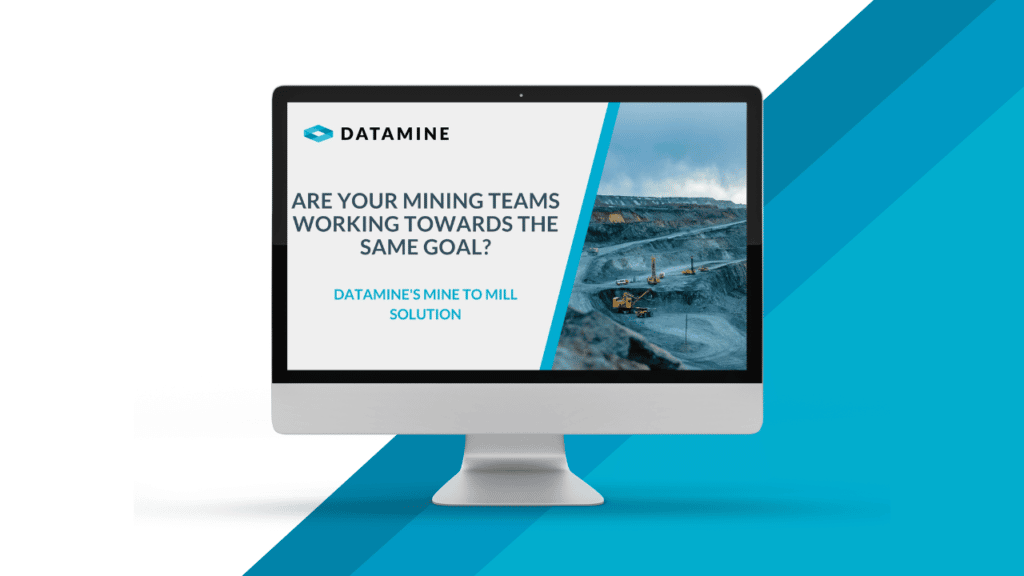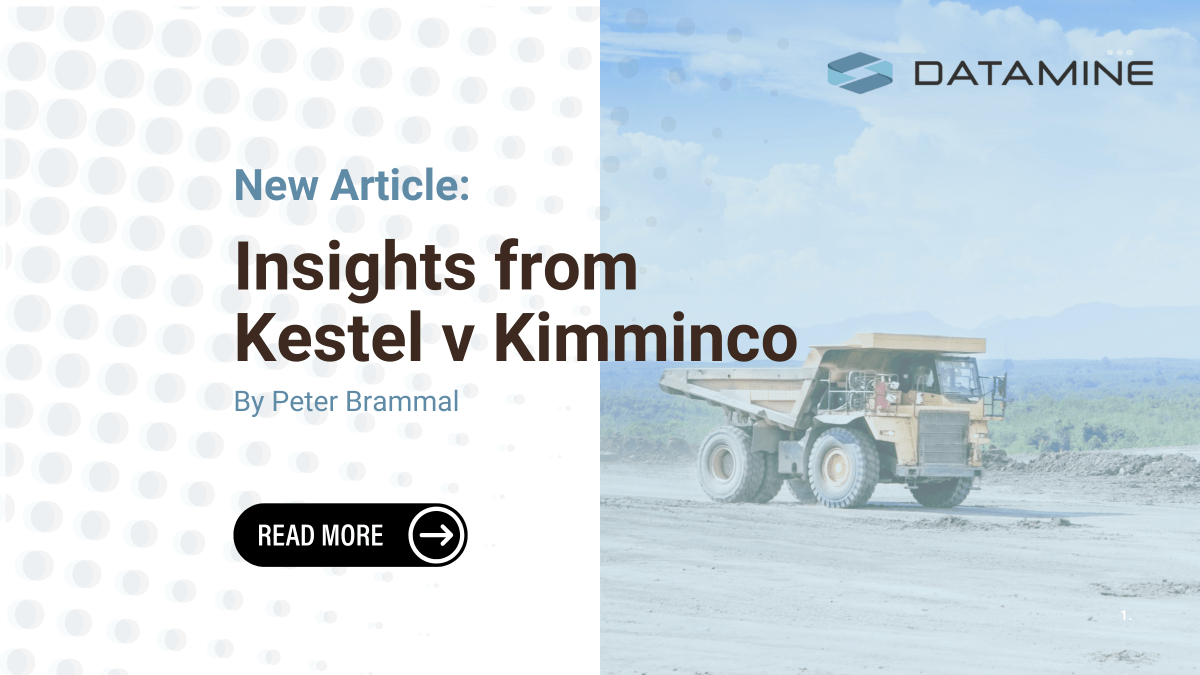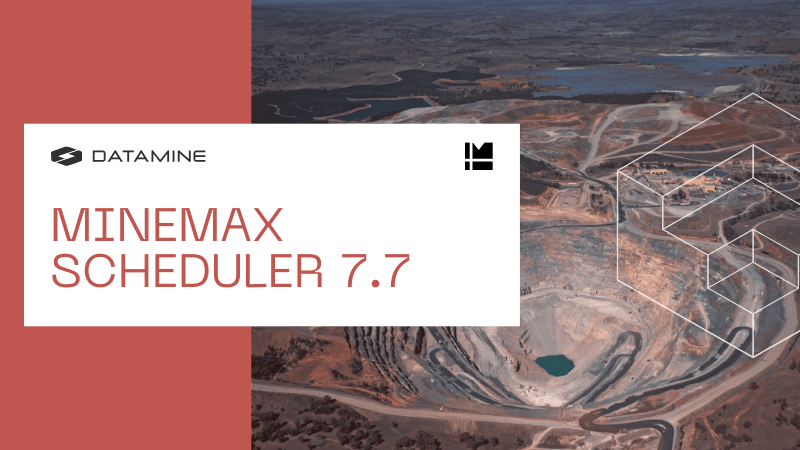Datamine is continually exploring ways to optimise processes within the mining value chain.
With the rising intensity of VUCA (Volatile, Uncertain, Complex and Ambiguous) conditions impacting our industry in recent years, we observe:
- the escalation of the Volatility with supply chains
- heightened uncertainty on geopolitical risks
- increased complexity of ore bodies
- continued ambiguity on how to deal with ESG from an operational perspective.
Deciding on where to start to bring control and stability back to your business and operational sites can be complicated and confusing.
It is not about inventing a new process, it is about being innovative with existing systems to deliver sustainable improvements, cost effectively.
An area that is recognised as an issue, however generally put in the too hard basket, is how to optimise the mine to mill process. The mine to mill notion is not new and has been around for decades, first receiving exposure in the 1990’s. It is in fact the underlying objective of every mine.1 So why have we not seen this concept widely adopted and lead to continual improvement, or step changes in operational efficiencies across the mining sector when considering mine to mill.
The mine to mill approach has developed over time from its original concept, where the focus was on optimising fragmentation. However, this is only a single element, grade is also a factor for consideration. Efficiency and cost control are two important components, combined with improved head feed grade and recovery, you will begin to notice compounding benefits. In its broadest and original sense, mine to mill means integrating activities between mining, milling and downstream processing to improve overall mine site efficiency and profit2, essentially optimising across organisational silos.
To identify the process benefits, the simplest place to start is to understand how to measure and reward the functions at your operations. It needs to be determined if your KPI process creates independent and separate units as opposed to a cohesive team, focused on the business’ long-term success.
To bring a disparate group together and functioning, you need to provide clear direction, and gain an overall agreement on a project’s goals and objectives. This creates a shared and united understanding of what group success looks like and what needs to be accomplished.
Once the project’s goals and objectives are agreed upon, the next step is coordinating the team together, where the various areas of expertise collaborate and work towards the shared vision and outcomes.
When the collaboration starts to gain some success, trust will build within the group. This leads to an increased mutual responsibility and commitment to achieve the goals and objectives, where every member feels valued and accountable for the success of the entire group.
Breaking down silo walls between departments is easier said than done, however it can be achieved with aligned KPI’s, and having the right tools and resources available. Supporting critical decisions as a collective team requires the right data at the right time. As teams improve over time, automation of certain decisions can develop, as the relationship and confidence between inputs and outputs are recognised, leaving the teams to focus on more complex decisions.
A key enabler of mine to mill improvements, without wholesale change, is to implement a centralised dashboard that pulls data from each of the functions and consolidates this into actionable insights. Clear visibility of whole operational performance will allow teams the autonomy to determine what tactics they need to use to achieve the projects goals and objectives. It is essential that the project’s goals and objectives are continually emphasised by senior leadership and that change management is outlined as a fundamental element when moving to the mine to mill optimisation approach.
Until mine to mill is regarded as a single, joint, process and truly becomes part of an organisation’s operational culture, a project’s goals and objectives may not be achieved, a team can become more disjointed, and it can potentially have a negative impact on your business’ bottom line.
A consolidated approach to mine to mill optimisation, and control, will have a positive impact on various mining operational procedures with potential improvements including reducing ore loss, minimising dilution, optimising fragmentation and increasing mill process rates. The combined affect of these will optimise the energy per unit of metal produced, leading to improved sustainability outcomes and cost control.
References:
- Scott A, Segui J, Kanchibotla S. “Ore Characterisation for Mine to Mill Fragmentation”. 14-17 May 2022, Coolum Queensland Australia
- Cameron P, Drinkwataer D, Pease J, BoBo T. “The ABCs of Mine to Mill and Metal Price Cycles”. Feb 19-22 2022, Denver Colarado USA



